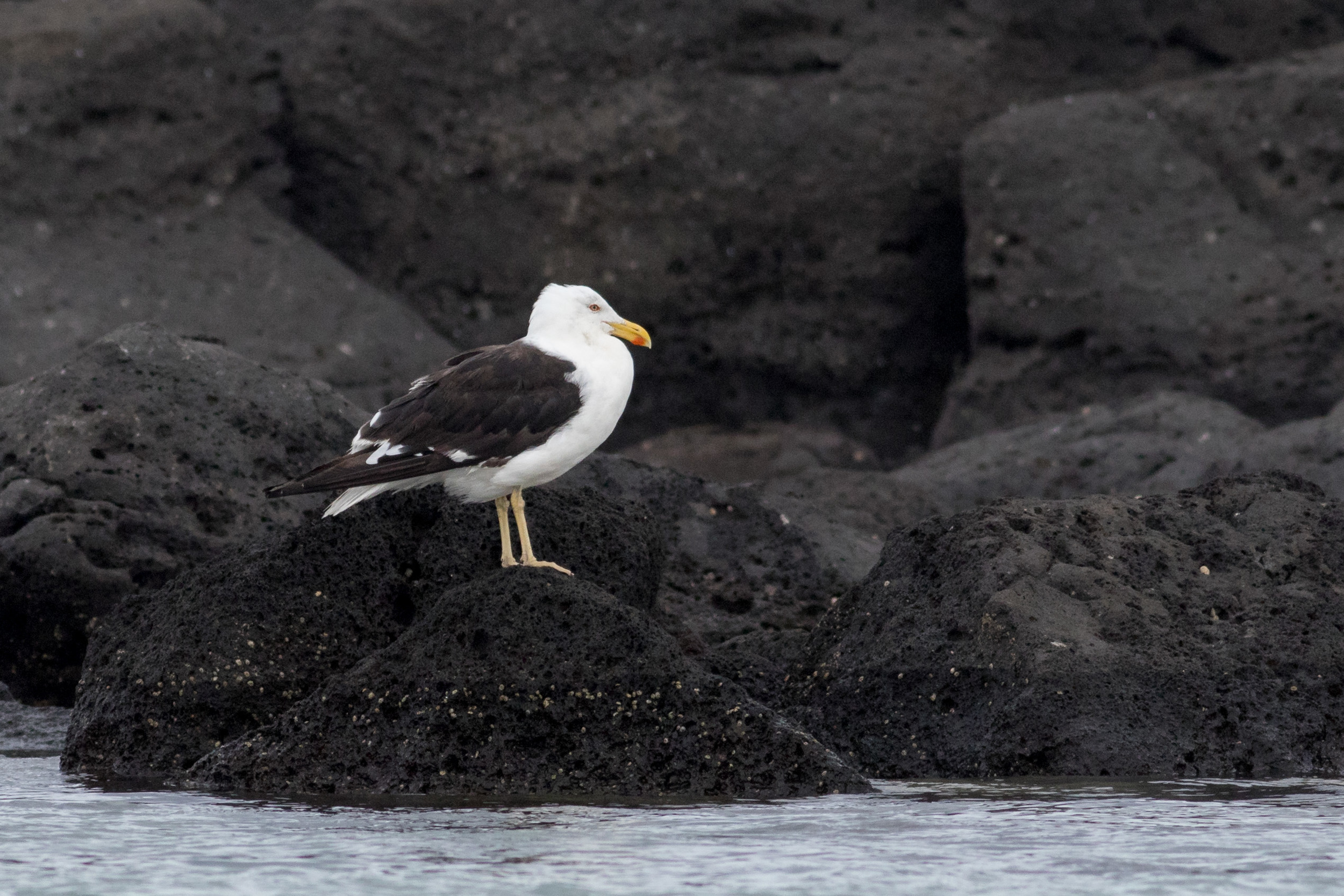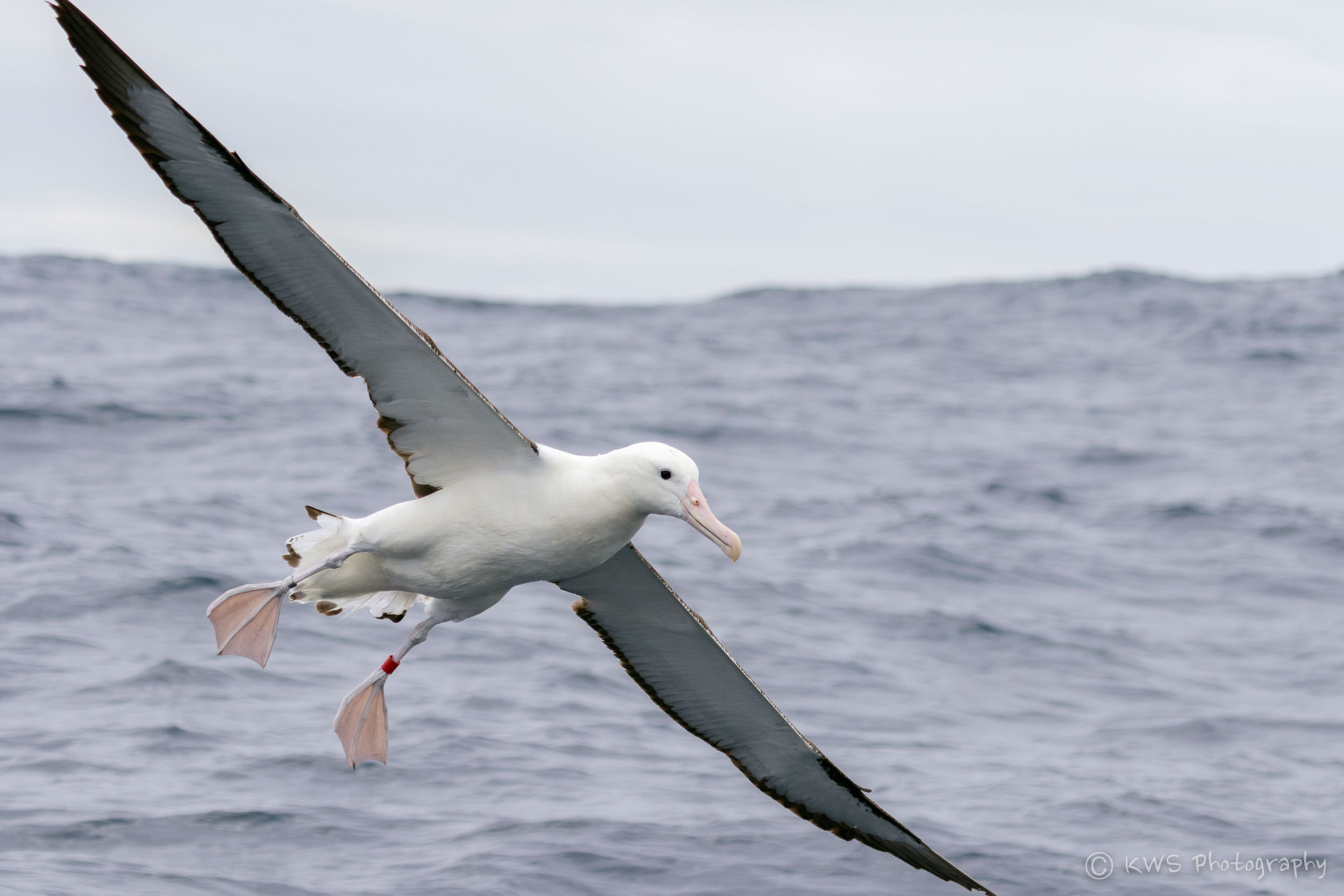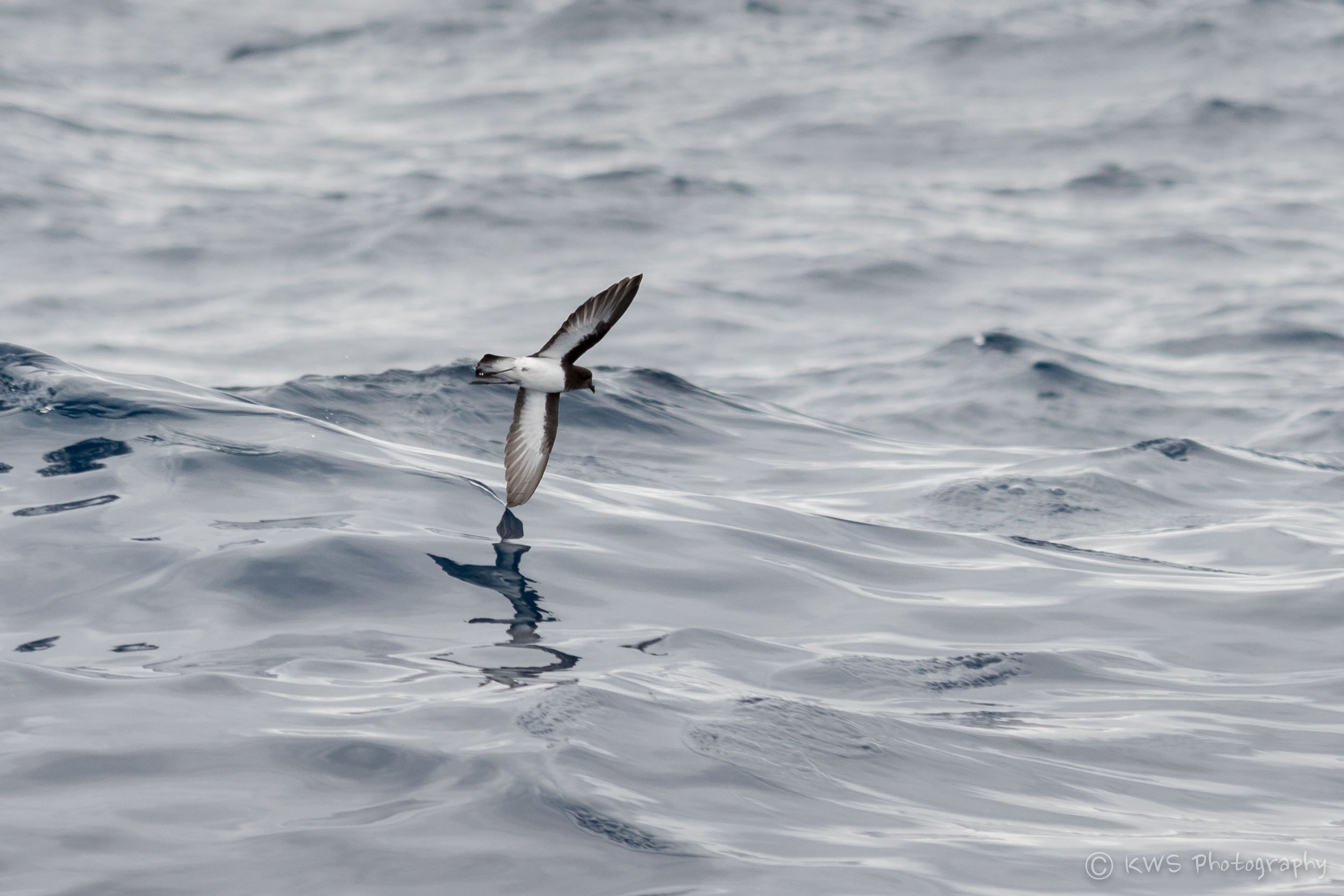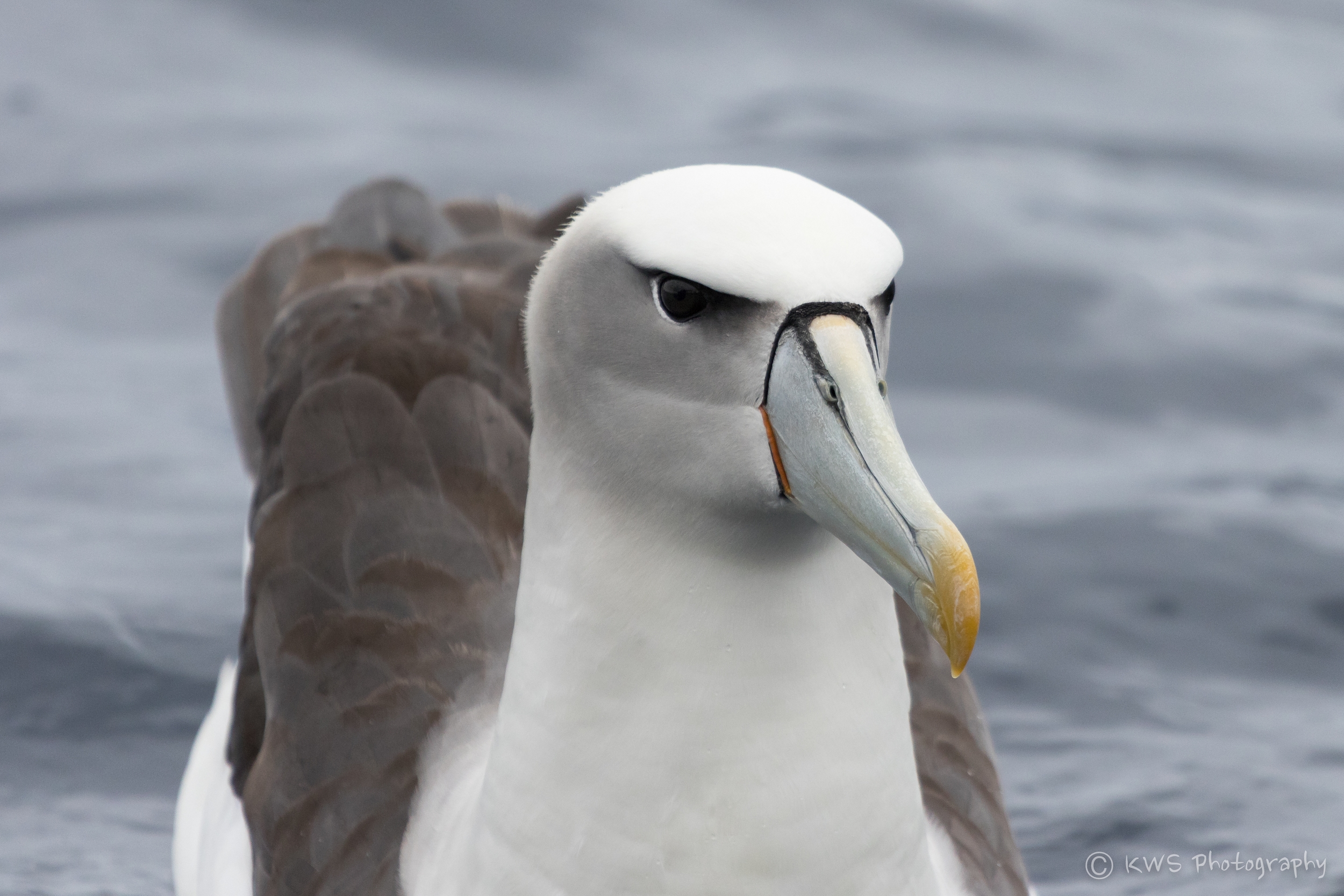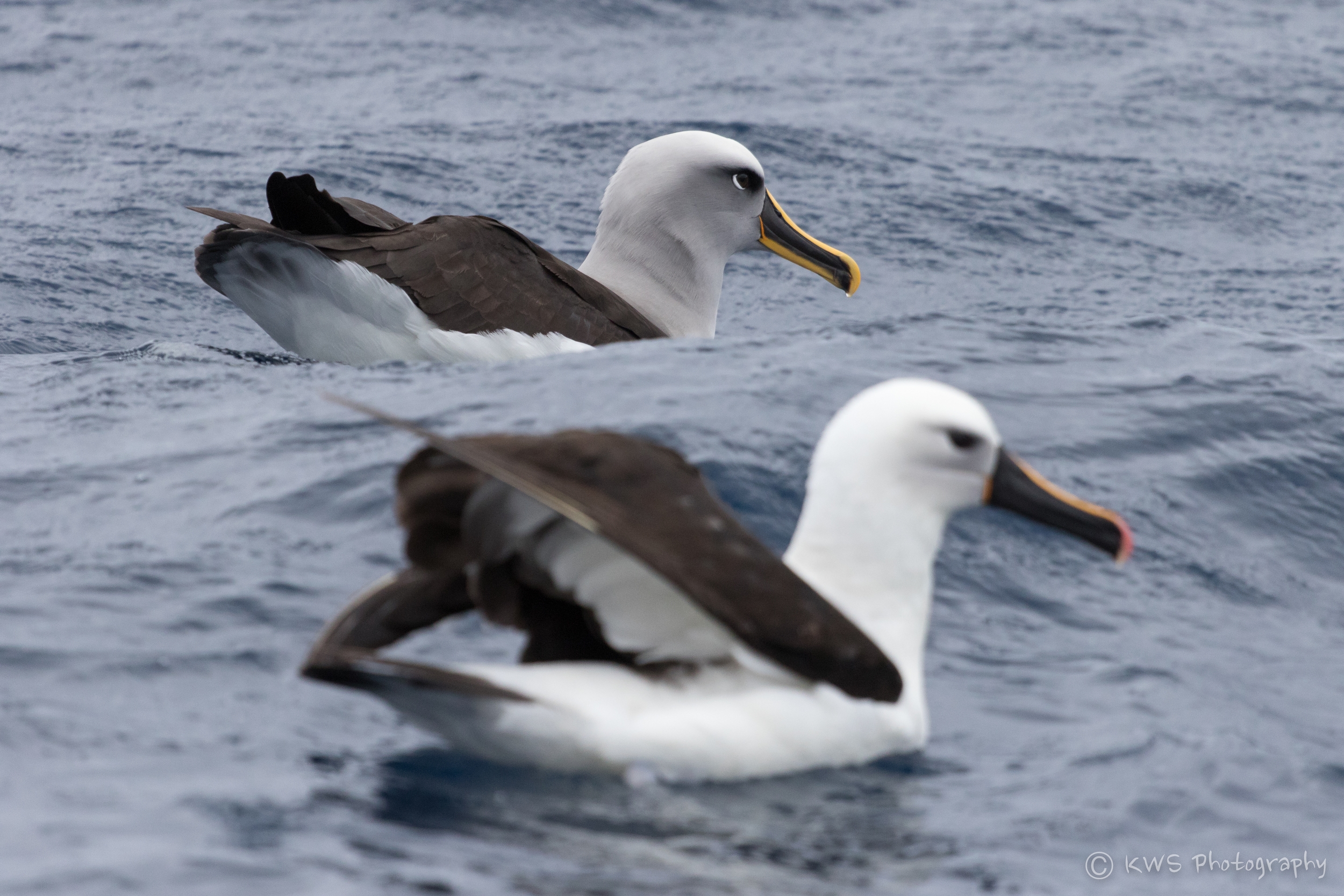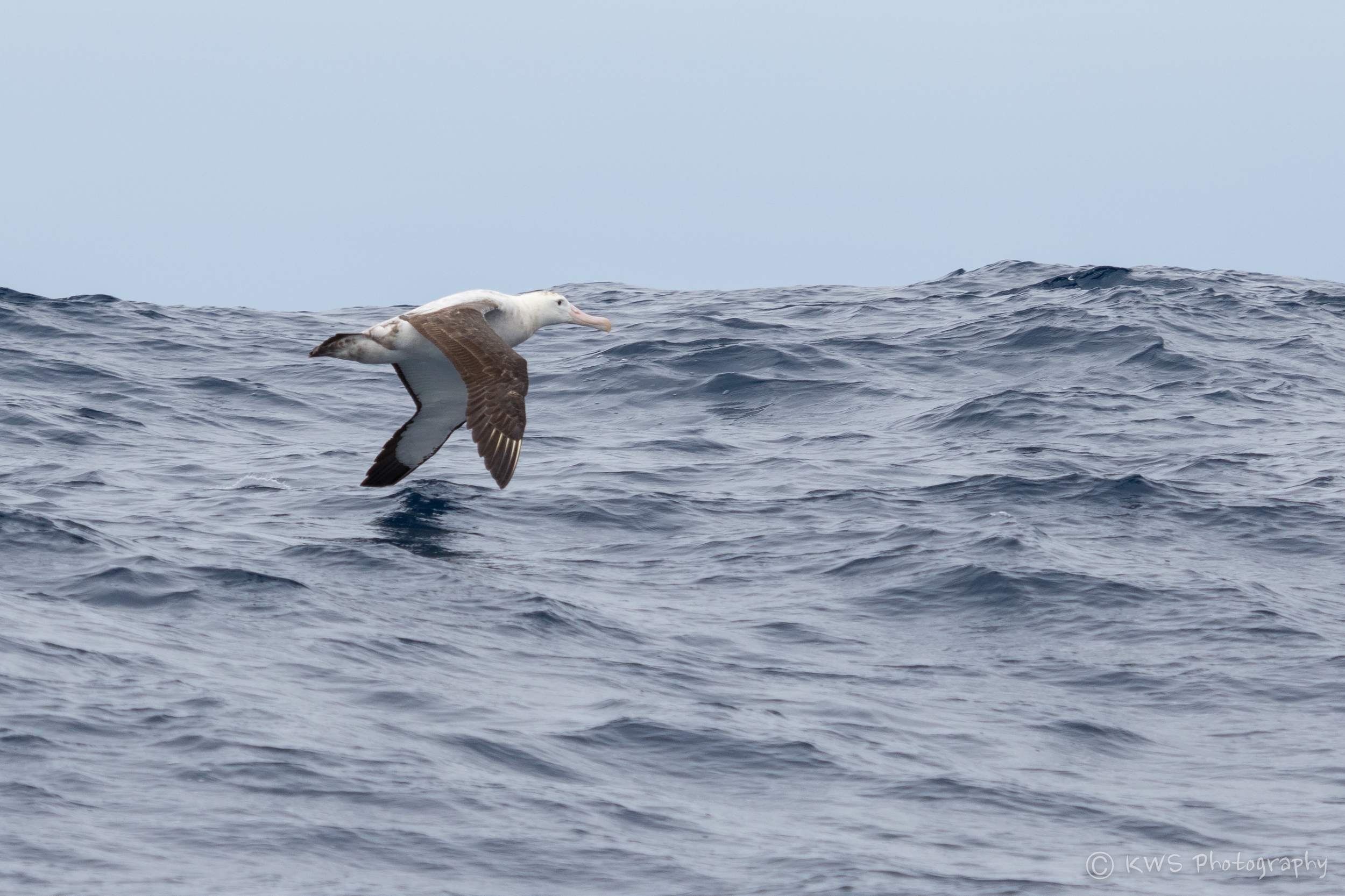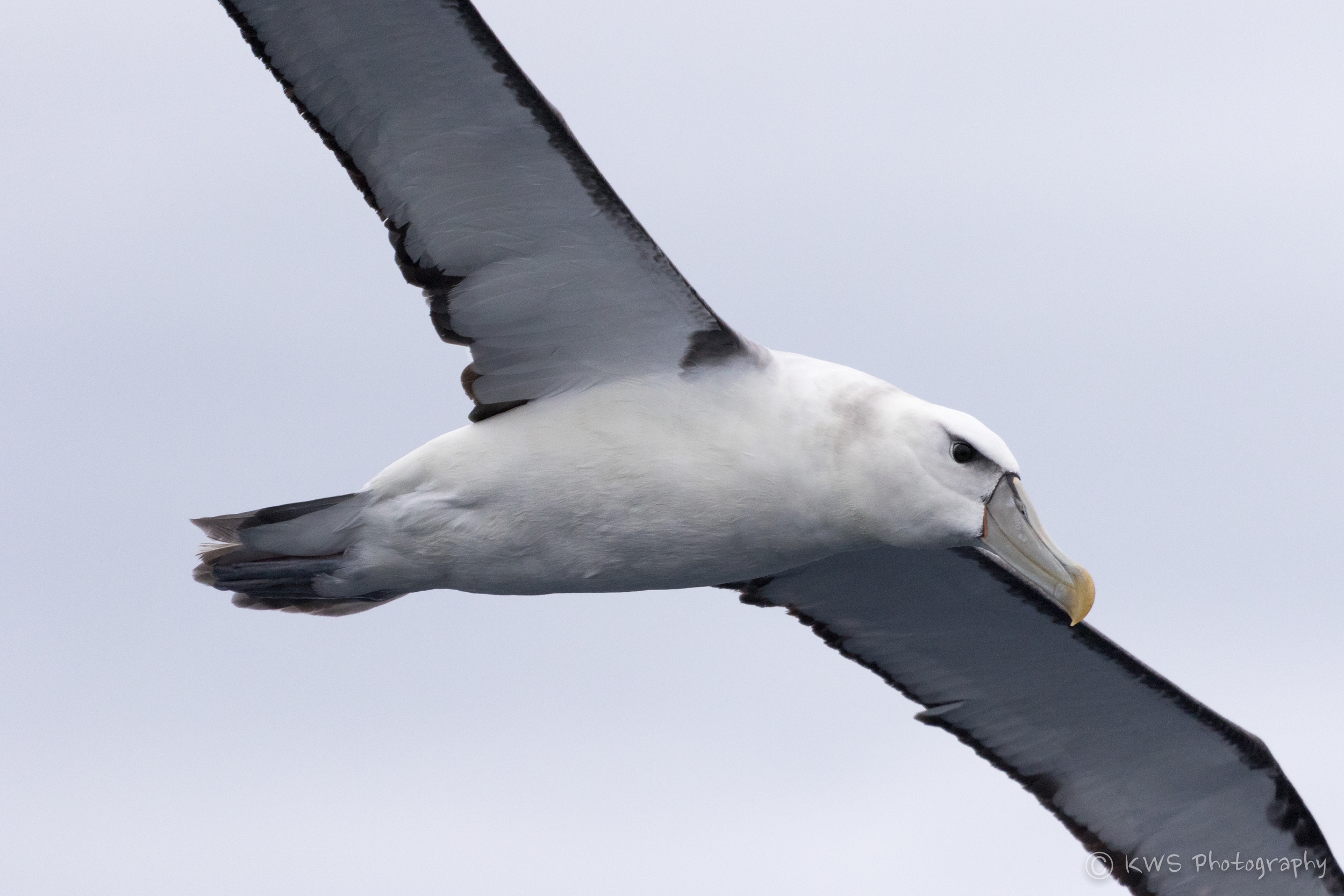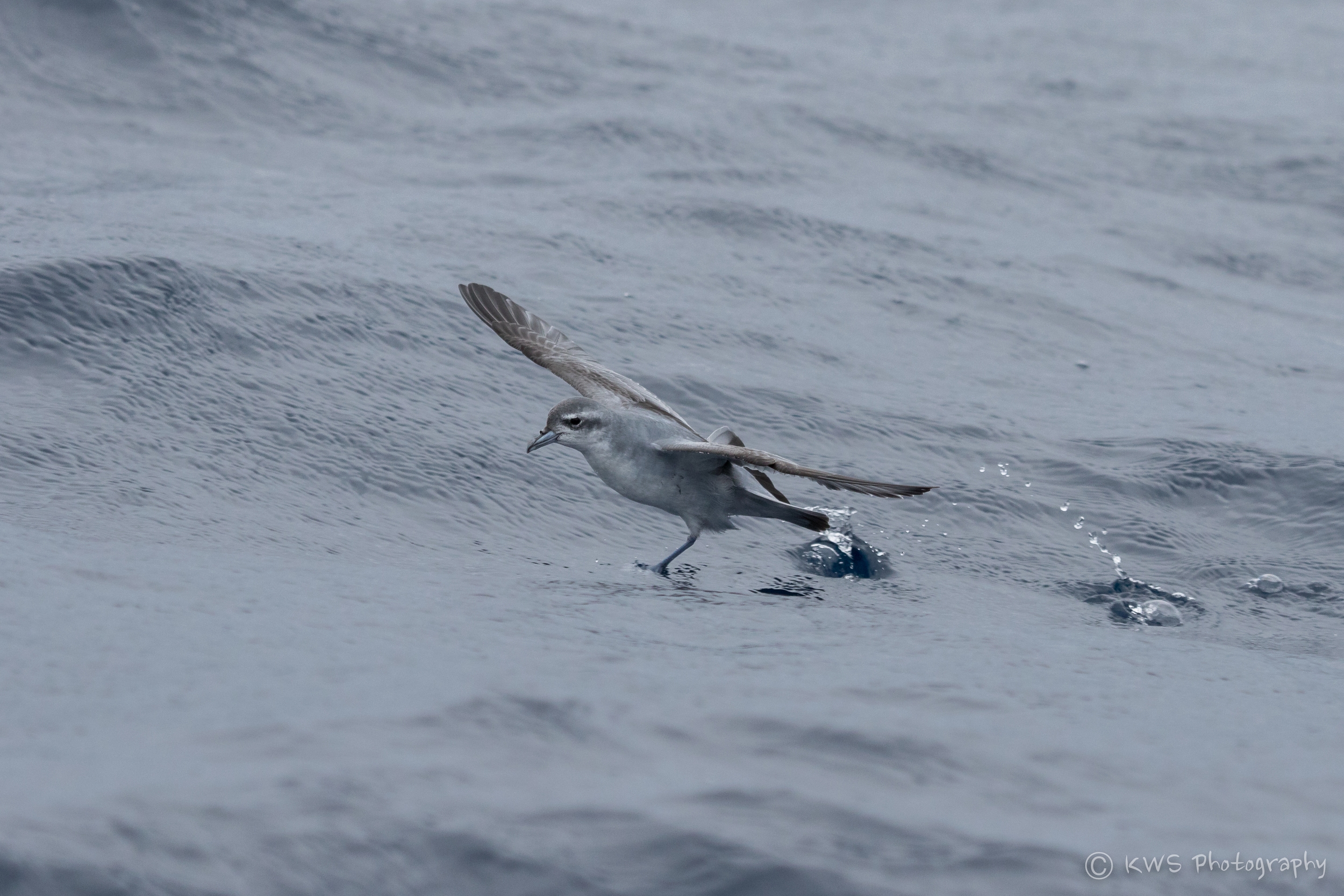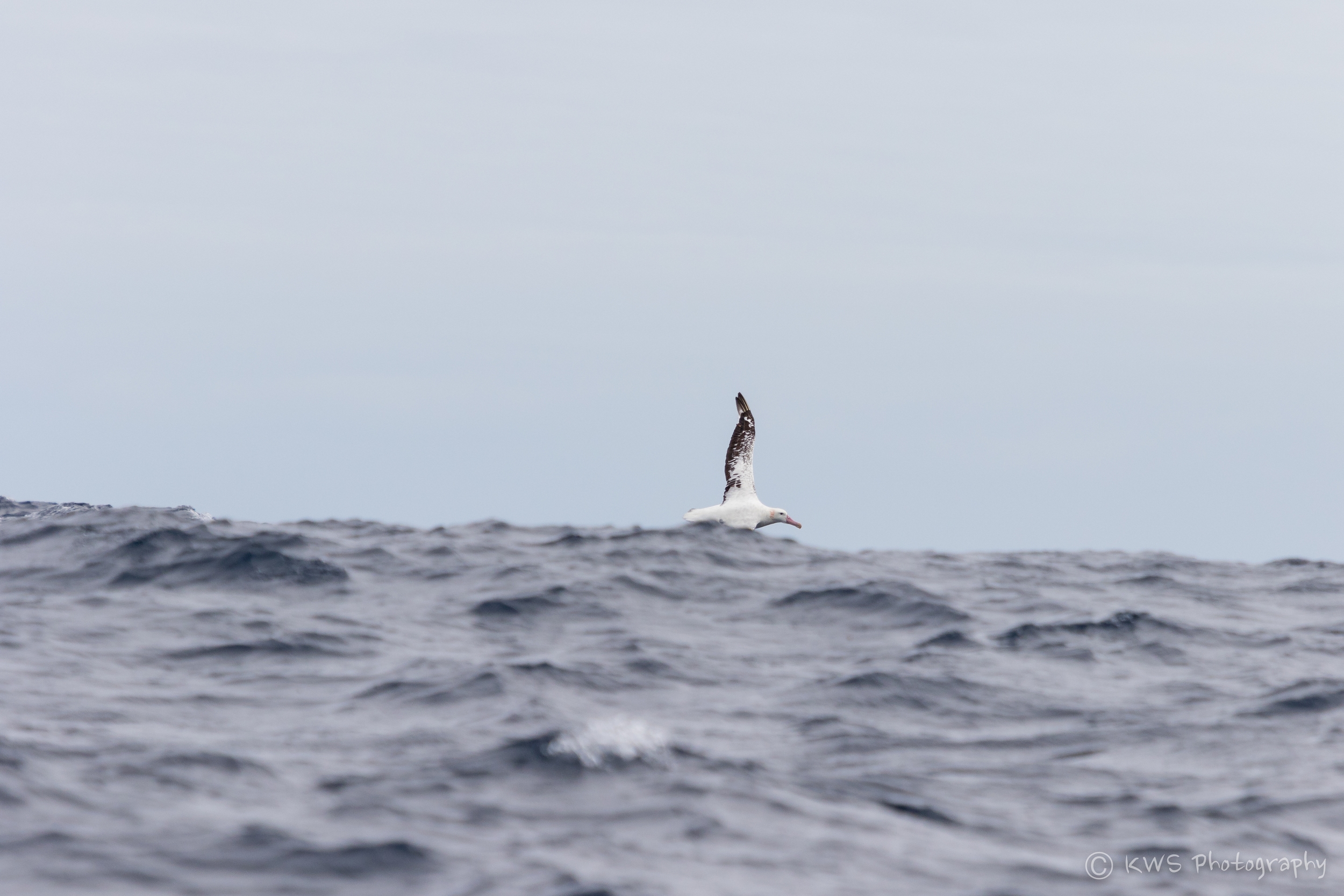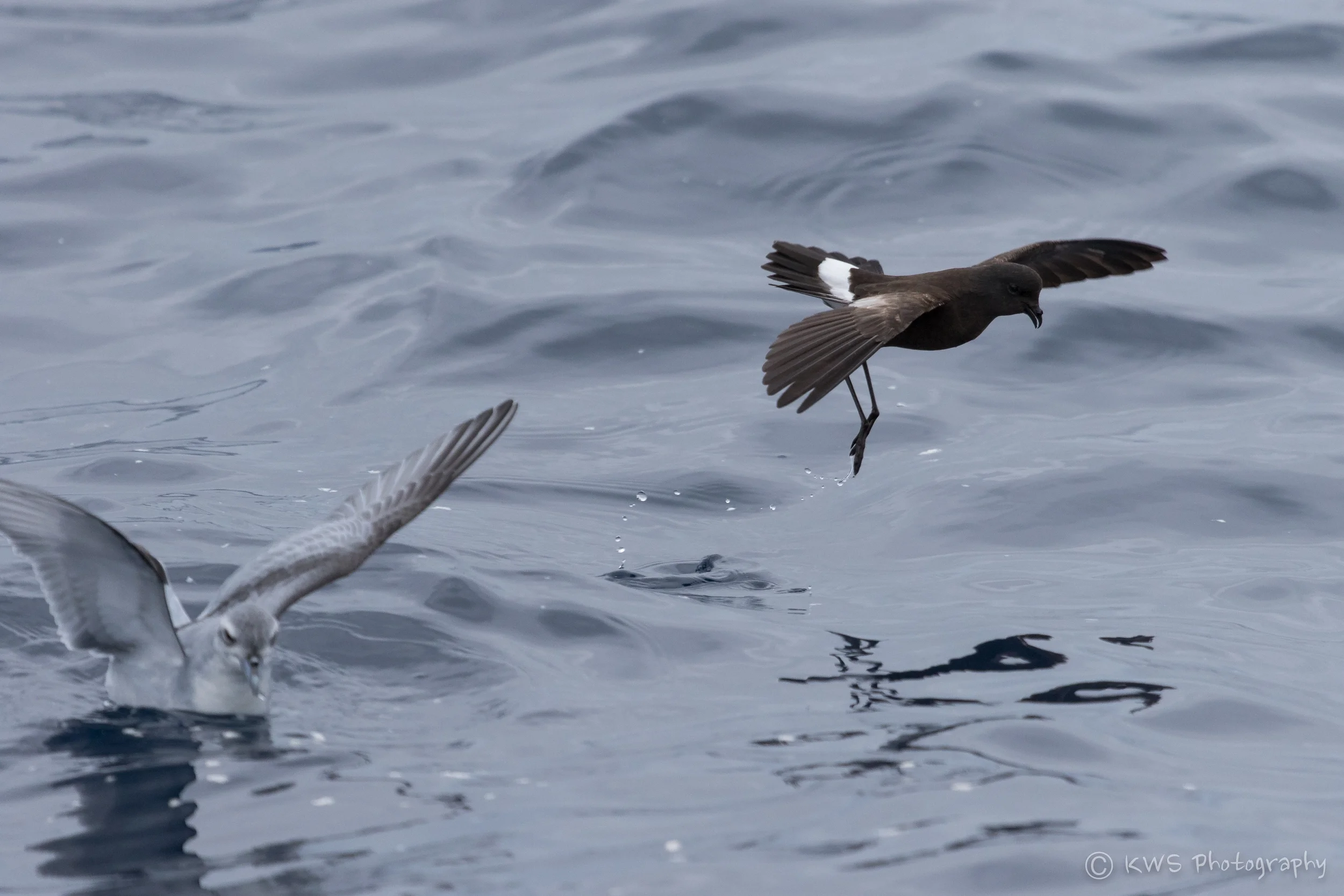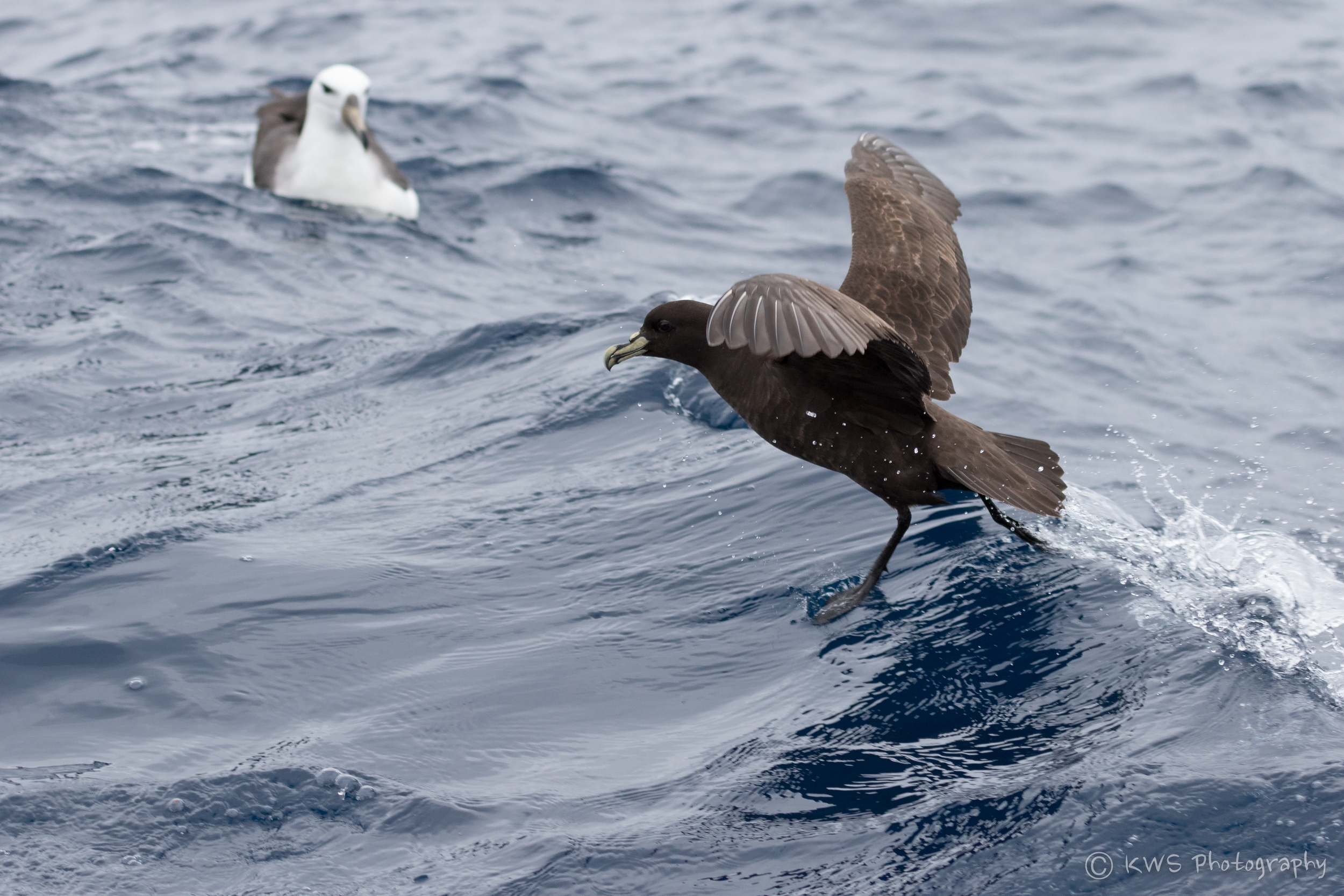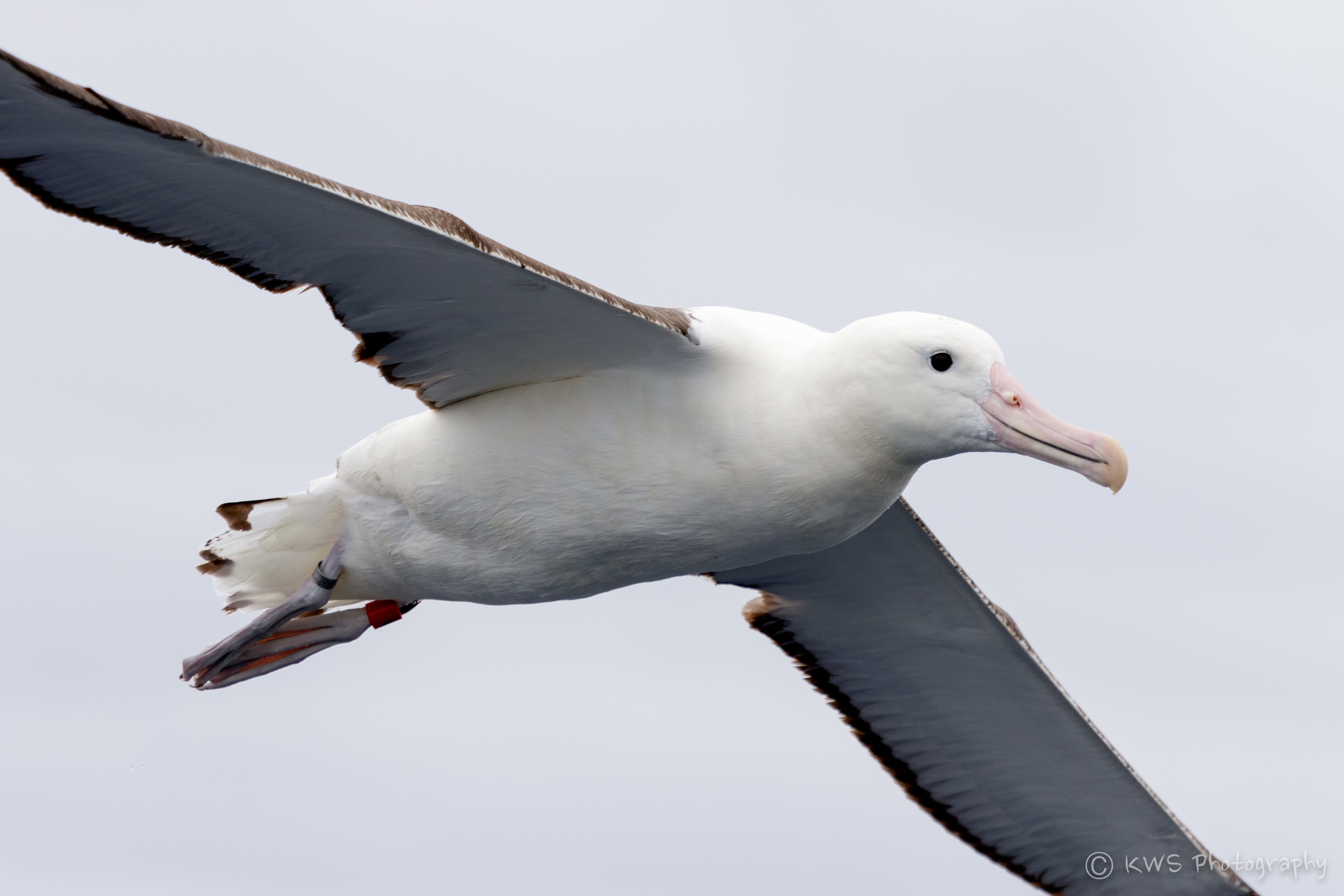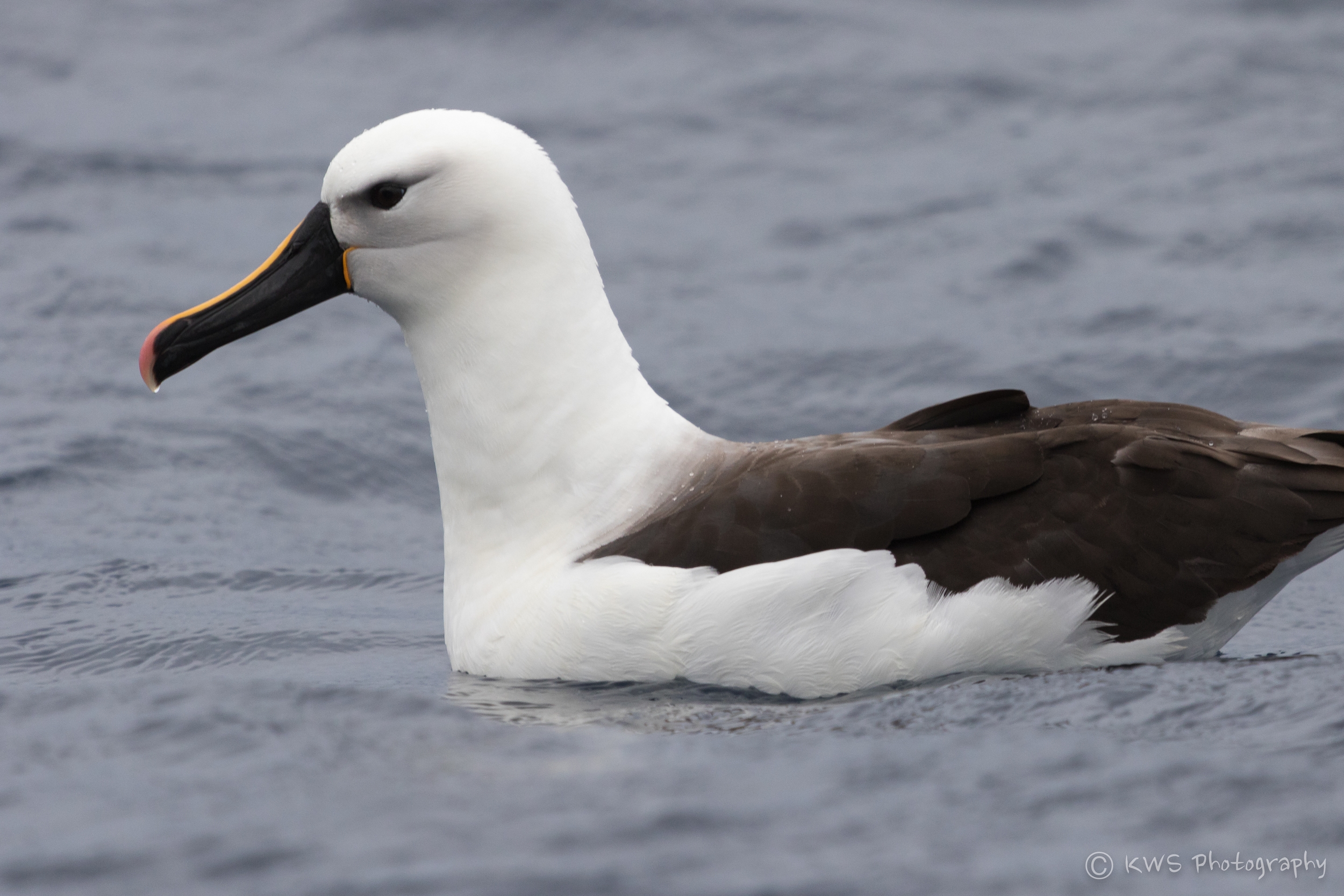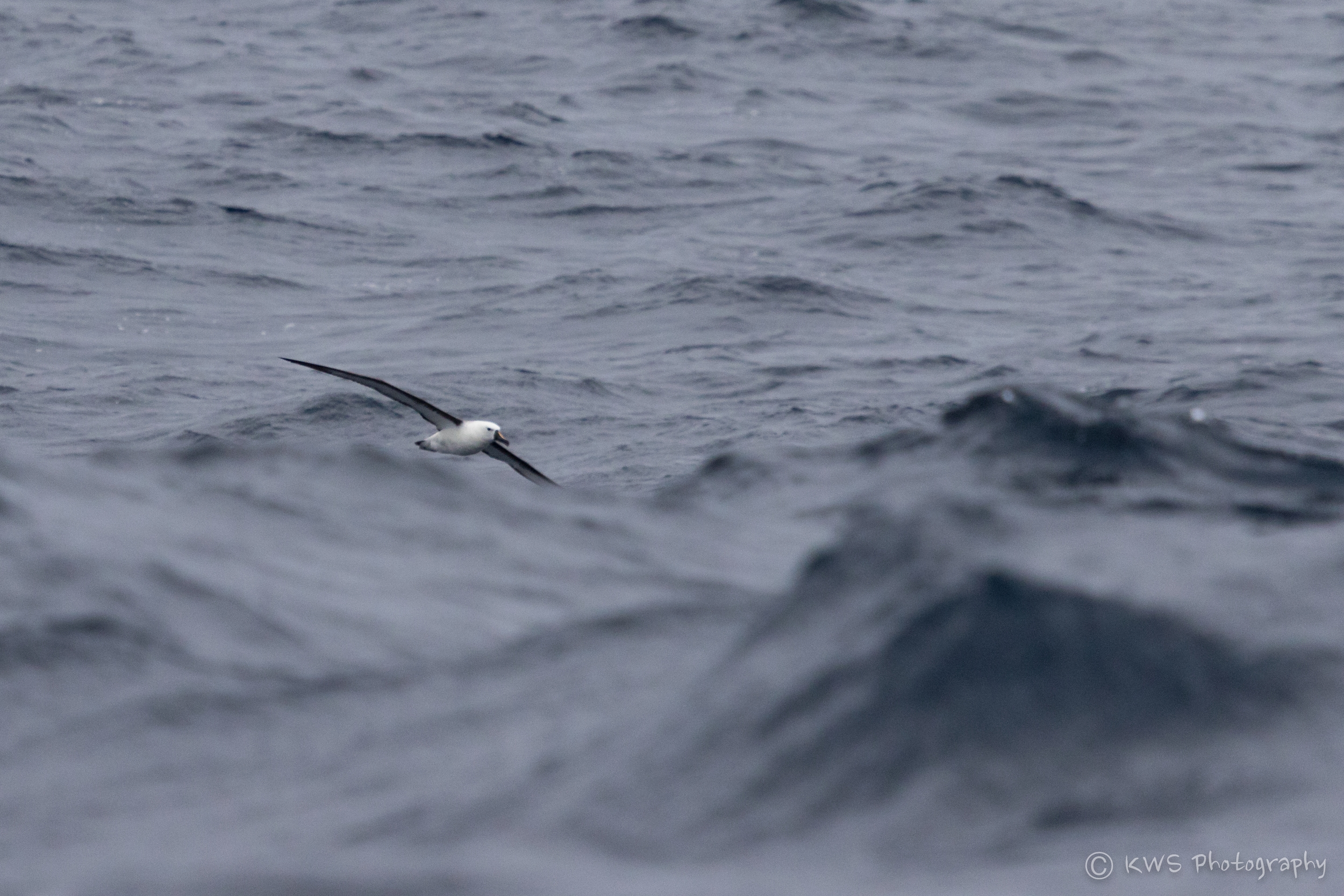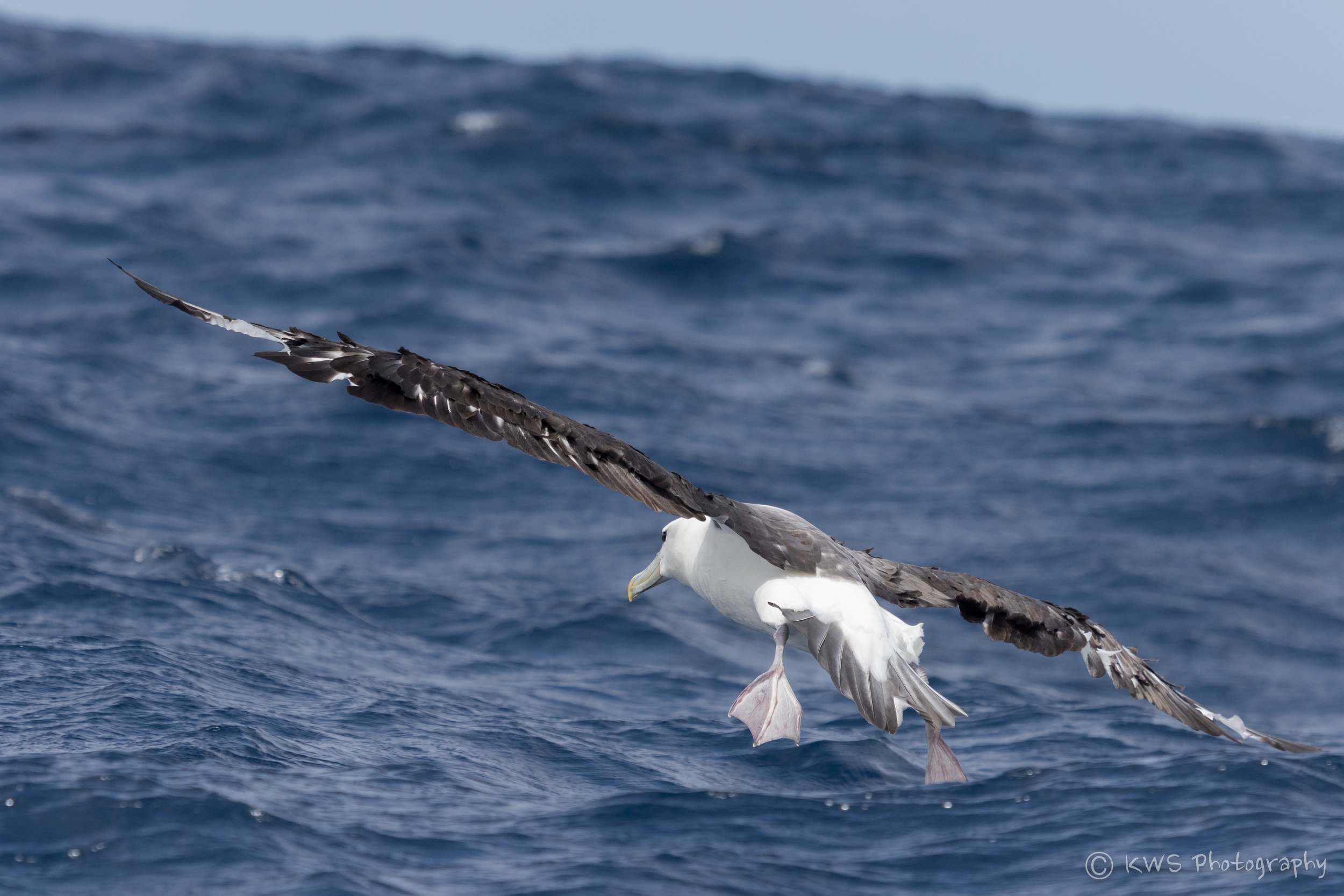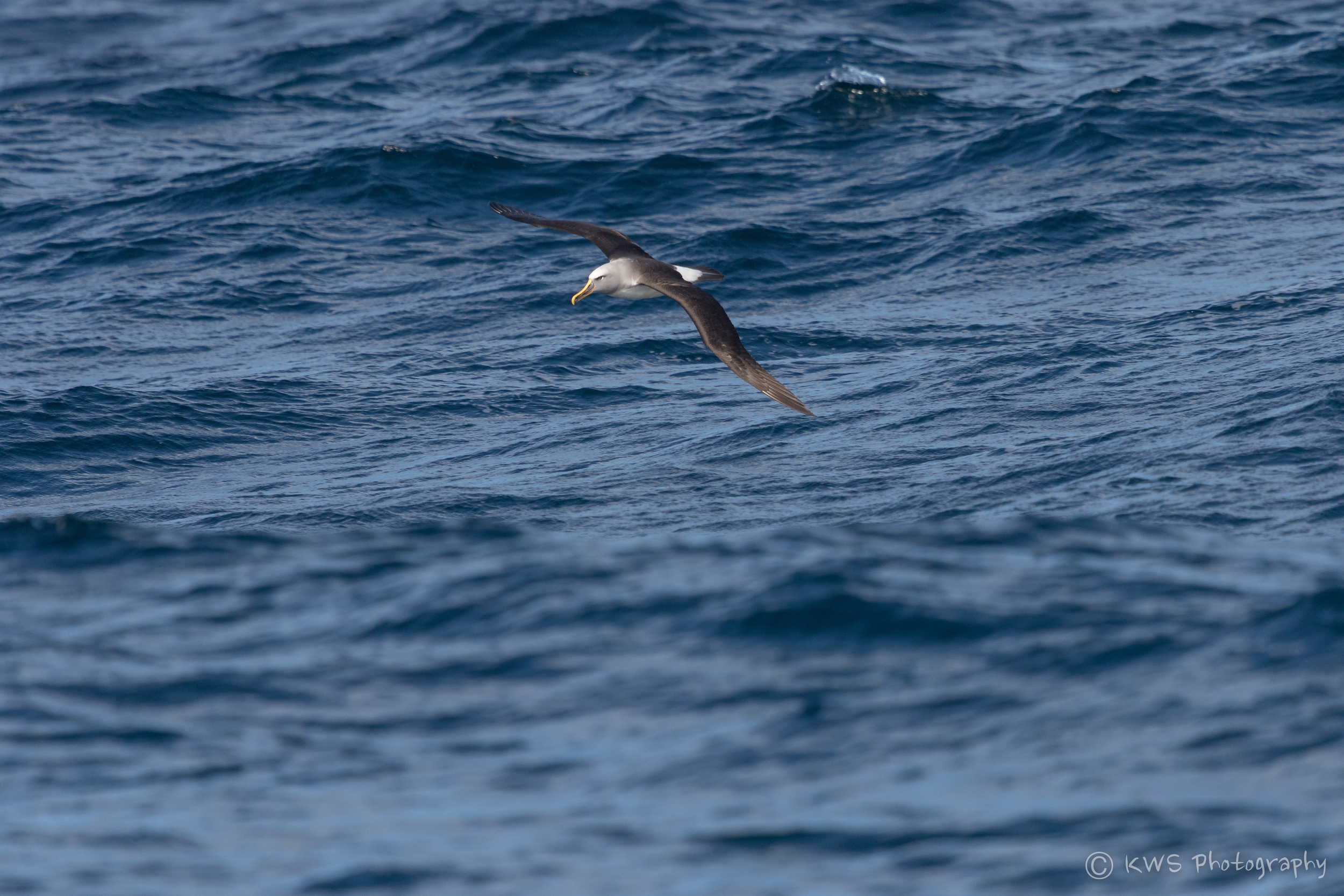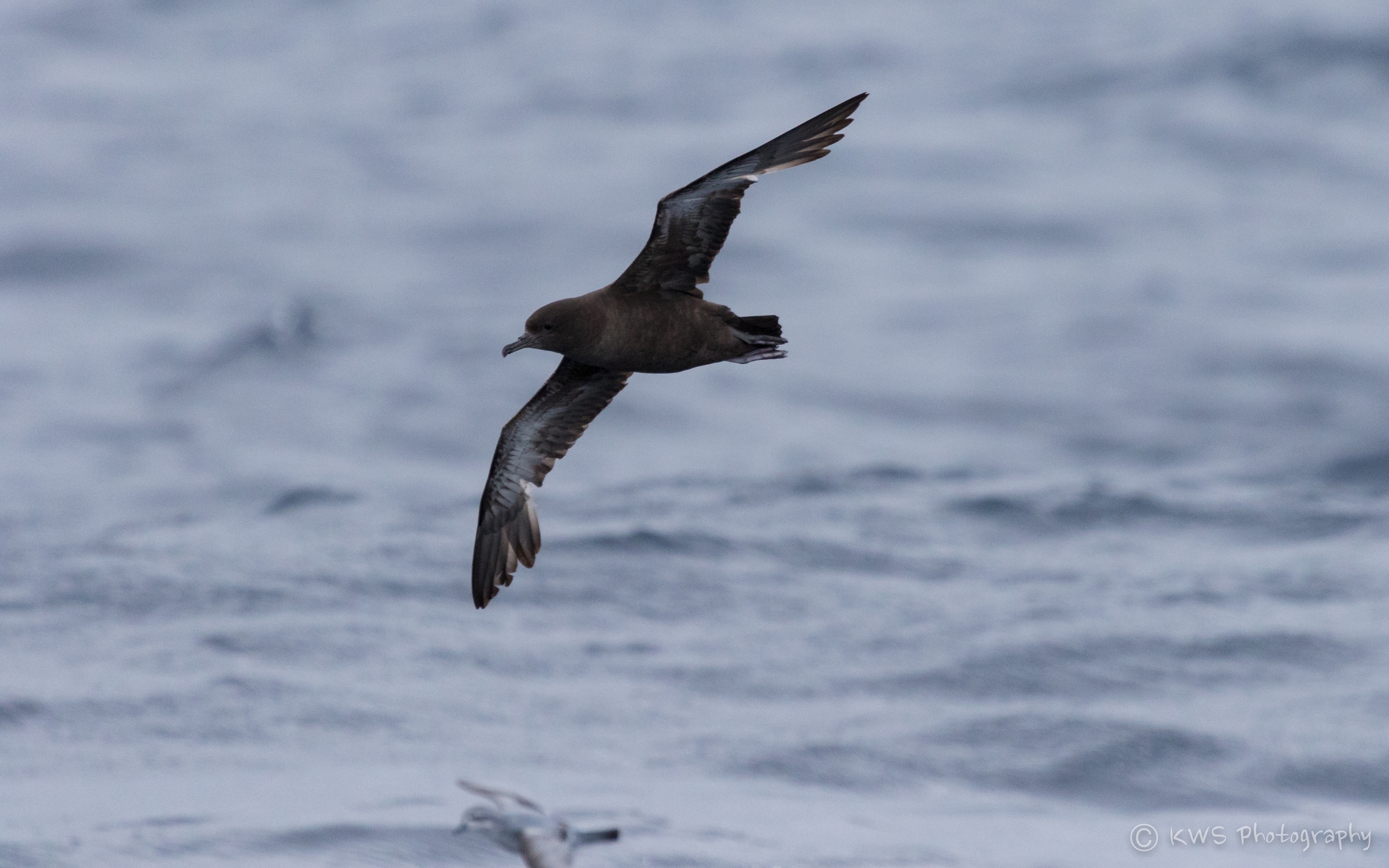I may be thick, but do you know a quick trick to stop me getting sick on the Port Fairy Pelagic?
/pe¦la|gic [pɪˈladʒɪk]
ADJECTIVE
technical
relating to the open sea: "the kittiwakes return from their pelagic winter wanderings"
synonyms: water · sea · marine · maritime · saltwater · seawater ·
(of a bird) inhabiting the open sea and returning to the shore only to breed.
NOUN
a pelagic fish or bird.
I was going to call this blog something (questionably) witty like “A sickeningly good time at sea”, or “A Port Fairy Pelagic… like my breakfast, I’ll be back!” but that would really have only worked if I had actually been physically sick – which I wasn’t. Let’s just clear that up before we start.
I did not throw up, spew, hurl, vomit, puke, chunder or any other synonym for being sick. Ergo, miracles truly happen.
Before I regale you with the story of how I came to lose my ‘Pelaginity’, let’s start at the beginning. When I was younger I had a secret alter ego who I called Albert Ross which should give you some indicator why for some time now I have wanted to do a sea birding trip. Albert Ross came a few years after my unsuccessful attempt at getting my school mates to call me by what I assured them was a long-standing nickname (it wasn’t – I’d just decided at the time) of ‘Osprey’. If anyone would like to take this up, albeit 35 years later then feel free to do so!
Anyway, I digress. I had tried unsuccessfully to get on the October 2015 pelagic but that was cancelled due to bad weather – a fate that ~50% of all proposed trips meet. At the beginning of the year I was looking at my bird list and thought about those magnificent sea birds that I would only see while on a boat and so checked the upcoming schedule, February was booked out so that left Sunday 20 March as the next available option. I mentioned to my mate Steven that I was thinking about it and as soon as he said he was free that weekend and up for it, we were on like Donkey Kong. A quick phone call later and we were booked on… now to wait with no small degree of nerves and impatience to see if the Friday before phone call confirmed we would be going out and YES! We were.
Saturday 19 March: Bouncing around excitedly, and already having been to the shops to buy a shedload of food and dry snacks for the boat the next day*, I checked my binoculars and camera gear for the 214th time. After lunch Steve arrives and we load the car up and head off; I’m like a kid in a candy shop as I’m aware that pretty much every single bird I see on the trip will be a new one but it is the albatrosses that I am especially looking forward to seeing. My emotions are looping between high-spirited anticipation and a nervous worry and dull trepidation about how my sea-legs would fair. The majority of people I had spoken to had said that your common garden variety Kwells would keep the ‘mal de mer’ at bay so I had stocked up and ensured I had them with me. (Spoiler alert: they didn’t fucking work)
I was rapt to have Steve as company as not only is he a superb birder, I knew we would have a good laugh on the over three hour drive down to Port Fairy and he’d recommended a couple of stop-offs en route where I might pick up a few lifers. Sure enough he delivered up four new birds by way of Forest Raven (at Floating Island); and then Kelp Gull, Sanderling and Ruddy Turnstone (a bogey bird vanquished and in incredibly beautiful colours too) at Killarney Beach where we bumped into two other Melbourne birders who were also going to be on the boat – Scott and Kevin. A group meal at the local pub closed off the day and like a child awaiting Santa’s arrival I eventually got some sleep after taking my preliminary Kwells.
Ruddy Turnstone (Arenaria interpres)
Sunday 20 March aka P-Day: At some awfully hideous hour of which I normally only see the PM version, we are sat in the gloom at the marina, peering through the darkness as I issue feeble greetings to the collected group whilst trying not to shit myself after having seen the size of the boat we were going out on. This isn’t Jaws though and there is no bigger boat. Plus, I’d already handed over my cold hard cash and if there is anything as motivating as having already paid for something then I haven’t found it yet. We clamber on board, jostle for positions and with expectation of reasonable weather the boat takes off out of the marina and heads to our destination about 30-35 nautical miles (~65km) off coast – the continental shelf.
It’s pretty invigorating having the sea air filling your lungs, the salty spray misting your face and the dawning realisation that you won’t be touching land again for over 8 hours regardless of how much you cry and plead.
The day’s timeline went approximately like this: -
7.30am: Cruise out of marina, “oooh Black-faced Cormorant, nice!”
7.45am: This is going to be so bloody good! Camera ready, binoculars on… open water coming up.
8.30am: First lifers! Distant flocks of Short-tailed Shearwaters cresting the waves; wow, those waves are impressive. Hold on, feeling a bit queasy. You’ll be right, you’ve had your Kwells.
8.32am to 2.50pm: Alternate between – “Why the fuck did I ever sign up to this I want to die, am I dying? I’m going to be sick” and “LOOK! Look at that INCREDIBLE BIRD, HOLY SHIT THIS IS AMAZING, I CAN’T BELIEVE THIS”
*madly takes 100’s of photos*
2.51pm: Oh thank you, Captain.. we’re going home
2.55pm to 4pm: Starting to feel slightly more human again and can manage more than four dual-syllabic words in a row; enjoying soaking up the last vestiges of bird life and beginning to acknowledge I may actually survive this and live to tell the tale (or complete this blog)
4.05pm: If I would have had the energy I would have pulled a Pope manoeuvre and kissed the sweet, glorious crust of terra firma.
In all seriousness, it truly was one of the most conflicted days I have ever endured. My body thought it had been poisoned and just wanted to be prone on a comfy bed somewhere while my mind was telling it to stop being such a fucking whinger and enjoy this unique and genuinely awe-inspiring experience. Luckily my head is stronger than my traitorous stomach who was trying to undermine me at every rock and yaw of the boat, and believe me there were many. At times when we were at rest and subject to the full swirl, rock and roll of the ocean I was struck catatonic and could literally not manage a single word as I desperately fixated on not succumbing to the seasickness – I’d guess there were probably about four or five occasions of possibly 30-45 minutes apiece – I would try and just keep my eyes on the horizon. That sounds easy apart from when the swell is so large all you can see is the sea, the roll of the boat is so pronounced you can only see waves and roof, and you are hanging on to the metal frame of the canopy to save from being foisted overboard into the cold water.
At its deepest I was told the water was 600m deep at one of our stops. The colour of the water is just stunning, seeing it transition as you move further from shore is very interesting indeed; the anonymous mid-greys then dark navy and obsidian giving up different sets of birds as we progressed. If you are put off so far by my descriptions make no mistake, it really is a mind-blowing experience when someone shouts “albatross!” for the first time and you see this majestic bird on the horizon and it disappears from view as the waves rise and interrupt your views (this happens several times) before it is close enough and circles the boat. To have large numbers of mixed albatross and small seabirds in a flock around you is beyond brilliant and I can utterly see why people find it such an enthralling experience.
The sequence of things is all a bit hazy but some of the first birds of the open water we saw are the beautiful and balletic Fairy Prions. These cracking birds are a pretty array of greys and a real nightmare to try and get a shot of against the equally grey waters, but watching them skimming in like water-skiers was a real delight. Steve very accurately described them as dancing across the surface and this movement was also echoed by the other small birds that we saw through the trip. It looks as though they are running across the surface; too ethereal to break the salty meniscus as they go about their feeding business. To see such slight birds – some only a small margin bigger than house sparrows - in choppy, open water with the strong winds is to understand that Mother Nature rarely bodges her plans! To this group lay the three Storm-Petrels which I enthusiastically ticked off in my head (as I was incapable of scratching into my notebook).
We were treated to a remarkable seven species of albatross – the first in were (ironically) the Shy Albatross to then be joined by Indian Yellow-nosed, Black-browed, Buller’s and Campbell’s. Now all of these are very impressive in their own way – the Shy and the Black-browed by their size and elegance; the Indian Yellow-nosed from their incredible bills which look like extruded plastic toys with their vibrancy; the striking pale grey of the Buller’s head and neck and the astonishing golden iris of the Campbell’s (which is considered in some lists as a sub-species of the Black-browed) is quite something to see – BUT, they all pale into the shadows of the great albatrosses of which we were also blessed to see.
If you have been lucky enough to see one of the large eagles somewhere, be it a Wedge-tailed Eagle or a White-bellied Sea-eagle, or maybe in the northern hemisphere a Golden Eagle you will know that calm awe and respect that comes over you when you see something with such size cruising the thermals above you. That is the start of the sensation you feel when you see something breaching the horizon with barely a flap as it covers the visible distance with minimal fuss or effort and it’s obviously one of the ‘proper’ biggies. My brain was still revelling in the glut of mixed albatross which were following the boat in way vaster numbers than I ever thought or could imagine we would have before it was stunned into a whole new perspective by the arrival of a Wandering Albatross, and then later a Northern Royal Albatross. These birds are bloody VAST with wingspans of 3-3.5m for the Royal and 2.5-3.5m for the Wandering. The day was wrapped up by the arrival and close inspection of an obliging very old Snowy Albatross – a bird that looks quite prehistoric and had an air of nobility and a peaceful demeanour (anthropomorphise much??) about it. It also made me think of the shape of Dodo’s heads. One piece of amazing avian engineering I wasn't wholly aware of at the time, and only really noticed when reviewing my photos is the incredible way albatrosses have to fold their mighty wings. Due to the sheer length of the span they cannot simply fold in half like normal birds, they tuck them away with great care and precision in several jointed folds as you can see in the photos below of one of the two Wandering Albatross.
I’ve skipped over some of the mid-sized birds because I have realised this entry will have gone on longer than the actual trip if I don’t stop waffling! That doesn’t mean to say they are not equally as interesting and exciting because they most definitely are – seeing the anatomy of these birds’ bills is fascinating with their bizarre nostril(s) and adapted plumages. The sighting of an Arctic Tern was also one of the many, many trip highlights. All up I got back to land with 19 new birds from that day (listed below) and a new respect for people that spend their working days out on the ocean and in a lot of respects jealousy of the world that exists beyond us land lubbers' understanding or interactions. The rest of that night, even when I got home, my body was still reacting to both the physical and visual effects of nine hours of big swells on a small boat; solid surfaces morphed and swirled seemingly moving and dropping, the floor felt like it was shifting and tilting like a trampoline and I found my walking unsteady and communication laboured. Not entirely unlike what one may hypothetically feel if one were coming up on a big bag of special mushrooms. Pretty glad I had a good mate to share the driving and the experience with.
Pelagic lifer list
- Arctic Tern
- Black-browed Albatross
- Buller's Albatross
- Campbell Albatross
- Fairy Prion
- Flesh-footed Shearwater
- Fluttering Shearwater
- Great-winged Petrel
- Grey-backed Storm-Petrel
- Hutton's Shearwater
- Indian Yellow-nosed Albatross
- Northern Royal Albatross
- Short-tailed Shearwater
- Shy Albatross
- Sooty Shearwater
- Wandering Albatross
- White-chinned Petrel
- White-faced Storm-Petrel
- Wilson's Storm-Petrel
*Oh yeah, I just found the asterisk I left up there somewhere in the Saturday entry. I didn’t manage to eat a sodding thing I had bought whilst on the boat; in fact, I couldn’t even face drinking any fluid until we were heading back to shore with the boat under full steam and (relatively) stable when I managed to gulp down a few mouthfuls of the coffee I had diligently made a big flask of. I managed to make up for that by scoffing a big bag of Sweet Chilli crisps into my face on the drive home. So would I do another pelagic? Shit, yes! I cannot recommend it highly enough.


